The Great Debate: To Preheat or Not to Preheat Your Pan
Heating a pan before cooking is a fundamental step in culinary techniques. This is primarily to achieve optimal cooking results and ensure food safety. Firstly, a preheated pan allows for even heat distribution.
When a pan is uniformly hot, food cooks evenly, preventing some parts from burning while others remain undercooked. This is particularly important for searing meats, where a hot pan helps create a caramelized, flavorful crust through the Maillard reaction, enhancing taste and texture.
Secondly, preheating a pan helps prevent food from sticking. When food is added to a properly heated pan, it immediately starts to cook. It develops a barrier that reduces sticking, which is especially useful when cooking proteins like fish or eggs. Additionally, starting with a hot pan can reduce cooking time, as the food doesn’t have to gradually warm up with the pan, thus preserving the integrity and moisture of the ingredients.
Moreover, preheating can contribute to better food safety. A sufficiently hot pan can kill surface bacteria quickly, reducing the risk of foodborne illnesses. In summary, preheating a pan is crucial for even cooking, enhancing flavors, preventing sticking, and ensuring food safety.
Reason For Heating Up a Pan Before Adding Fat
Heating up a pan before cooking is widely recommended due to its numerous benefits. Here are some key reasons:
- Even Heat Distribution: A preheated pan ensures that heat is evenly distributed across the cooking surface, leading to consistent cooking results and preventing hot spots that can cause uneven cooking or burning.
- Efficient Browning and Searing: Preheating is essential for achieving the Maillard reaction, which creates a flavorful, caramelized crust on meats and other foods. This process enhances both taste and texture.
- Reduced Sticking: Adding food to an adequately heated pan helps create a natural non-stick effect, reducing the likelihood of food sticking to the surface, which is especially useful when cooking proteins like fish or eggs.
- Shorter Cooking Time: A preheated pan starts cooking food immediately upon contact, reducing cooking time and helping preserve the ingredients’ moisture and flavor.
- Food Safety: A hot pan can quickly kill surface bacteria on foods, reducing the risk of foodborne illnesses and ensuring safer cooking practices.
- Enhanced Flavor Development: Preheating can help develop deeper flavors, as it allows for better caramelization and browning, which are essential for creating complex, rich tastes in dishes.
- Improved Texture: For certain foods like vegetables, preheating helps maintain a crisp, tender texture by cooking them quickly at high temperatures, preventing them from becoming mushy.
Reasons for Not Heating Up a Pan Before Adding a Fat
While preheating a pan is often recommended, there are situations where starting with a cold pan can be beneficial:
- Preventing Burnt Food: Starting with a cold pan can help prevent delicate foods, such as garlic or shallots, from burning. These ingredients can scorch quickly in a hot pan and taste bitter.
- Slow, Gentle Cooking: Some recipes require slow, gentle cooking to develop flavors gradually. For example, rendering fat from bacon or cooking certain types of sausages is often best done starting from a cold pan.
- Non-Stick Cooking: With non-stick pans, preheating on high heat can damage the non-stick coating over time. Starting with a cold pan and gradually heating it can help prolong the pan’s life.
- Controlled Temperature: For dishes that require precise temperature control, such as making certain sauces or custards, starting with a cold pan allows more control over the cooking process, reducing the risk of overheating.
- Avoiding Oil Smoke: When using oils with low smoke points, starting with a cold pan can prevent the oil from reaching its smoke point too quickly, which can impart a burnt flavor and release harmful compounds.
- Even Fat Rendering: When cooking fatty meats, starting with a cold pan allows the fat to render out slowly and evenly, resulting in crispier and more flavorful results.
How Do You Know When the Pan Is Hot Enough to Add Oil?
Knowing when a pan is hot enough to add oil is crucial for optimal cooking results. Here are a few methods to determine if your pan is ready:
- Water Drop Test: Sprinkle a few drops of water onto the pan. The pan is hot enough if the water sizzles and evaporates almost immediately. If the water forms a single bead and moves around the pan, it is perfectly heated.
- Hand Hover Test: Hold your hand a few inches above the pan’s surface. The pan is sufficiently hot if you can feel the heat radiating from the pan without touching it.
- Oil Shimmer Test: Add a small amount of oil to the pan. The pan is hot enough if the oil shimmers and moves fluidly across the surface. If the oil starts to smoke, the pan is too hot, and you should remove it from the heat to cool slightly.
- Thermometer Test: Use an infrared thermometer to measure the temperature of the pan’s surface. For most cooking, a temperature between 375°F and 450°F (190°C to 230°C) is ideal.
- Preheating Time: As a general guideline, allow the pan to heat for 2-3 minutes over medium heat. However, this can vary depending on the pan’s material and thickness, so use one of the above methods to confirm.
Using these methods, you can ensure your pan is properly heated, allowing for even cooking and preventing food from sticking or burning.

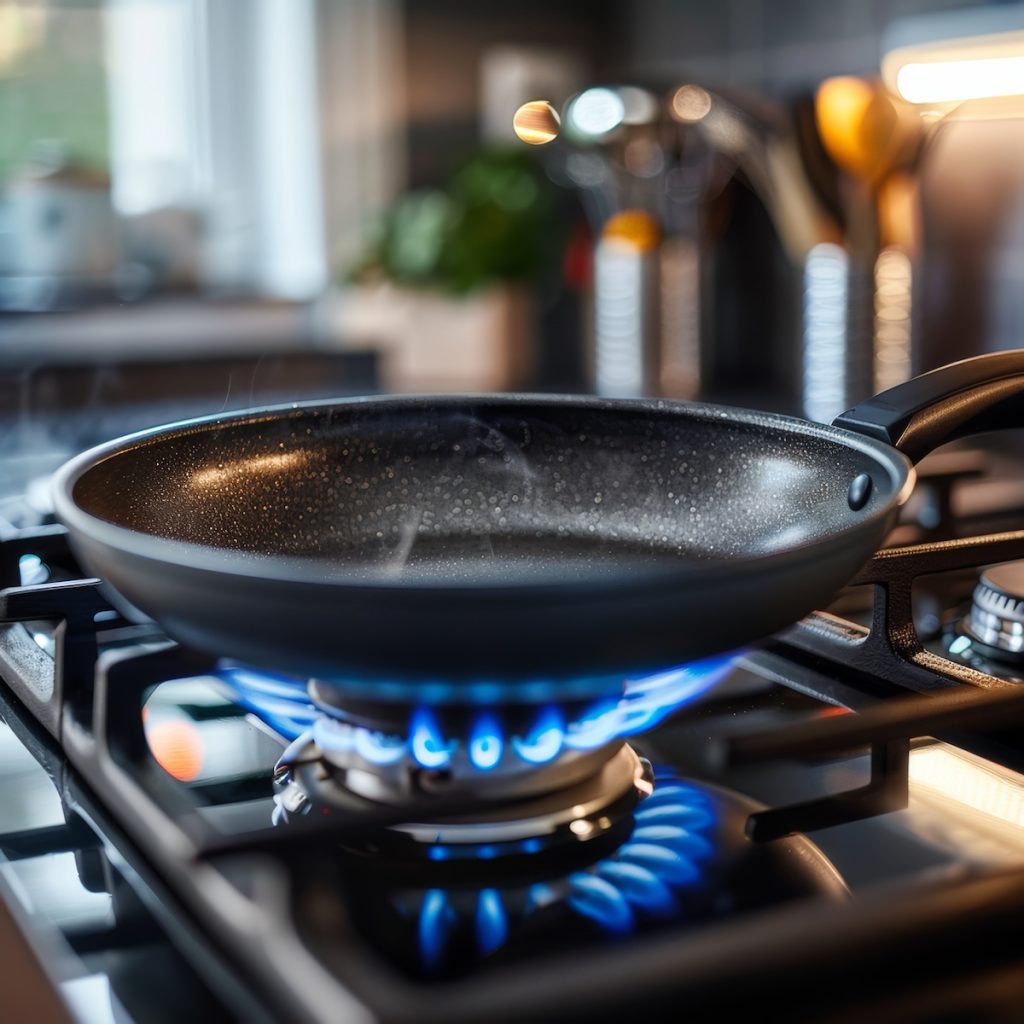
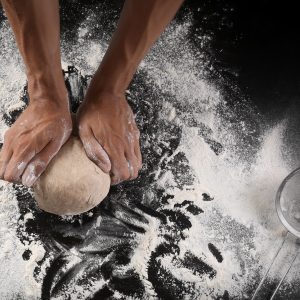
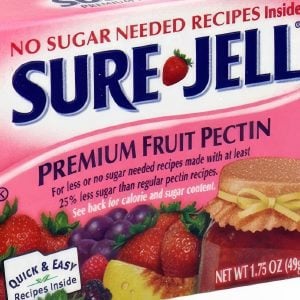
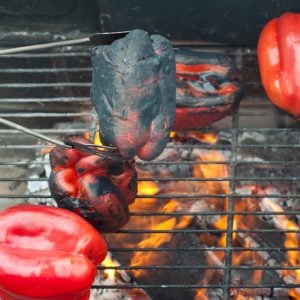
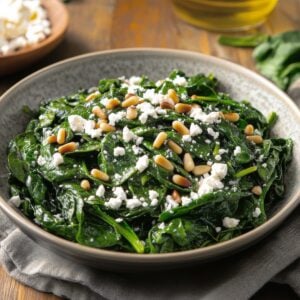
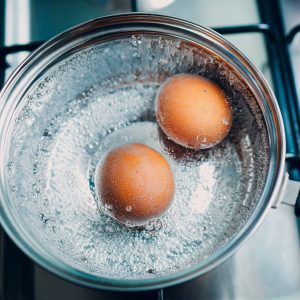
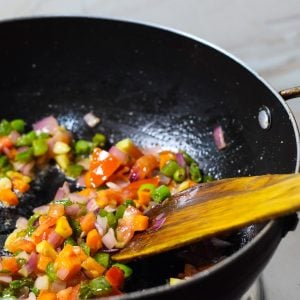
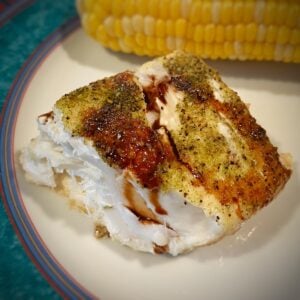
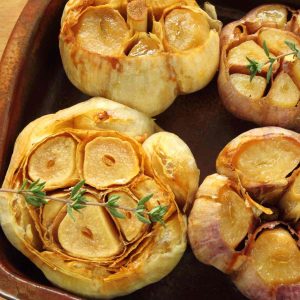
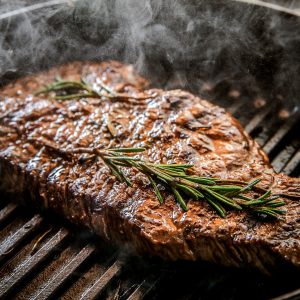


4 Responses
I was really afraid when I put oil in pan. Because I really don’t know, how much time it will need to be hit. I think your article is the best solution.
A tip: dry pan or pan with oil can be tested for heat, quickly and without damaging a thermometer. If the pan is dry, run a finger under water and flick a small amount into the pan and if it’s hot enough, it will roll across the surface in a bead, like mercury. If the fat/oil is already in the pan, use the same trick but with even less water (a tiny drop is plenty). When you flick the droplet into the oil, if the temperature is hot enough to be non-stick, you will see strong bubbling around the droplet, and hear a significantly loud cracking or popping sound. Be sure to flick the smallest possible droplet of water in either case, but it’s especially important when flicked into hot fat/oil, as the popping can cause splash out and burn you or in extreme cases, like with a stovetop skillet, where the sides of the pan are low, you could potentially ignite and flash/smoke the oil. At which point you would have to start again.
On the show Worst Cooks on Food Network, Chef Anne Burrell advises the wannabe cooks to listen for the oil to sound like an audience’s applause. ( Just paraphrasing) As someone that is not the worst but certainly not on chef level I love the advice they provide because it’s easy. Almost idiotproof which gives me a certain feeling of confidence when trying to enhance a technique, or learn a new one.
Hi Leigh, interesting tip. I’ll give it a listen.